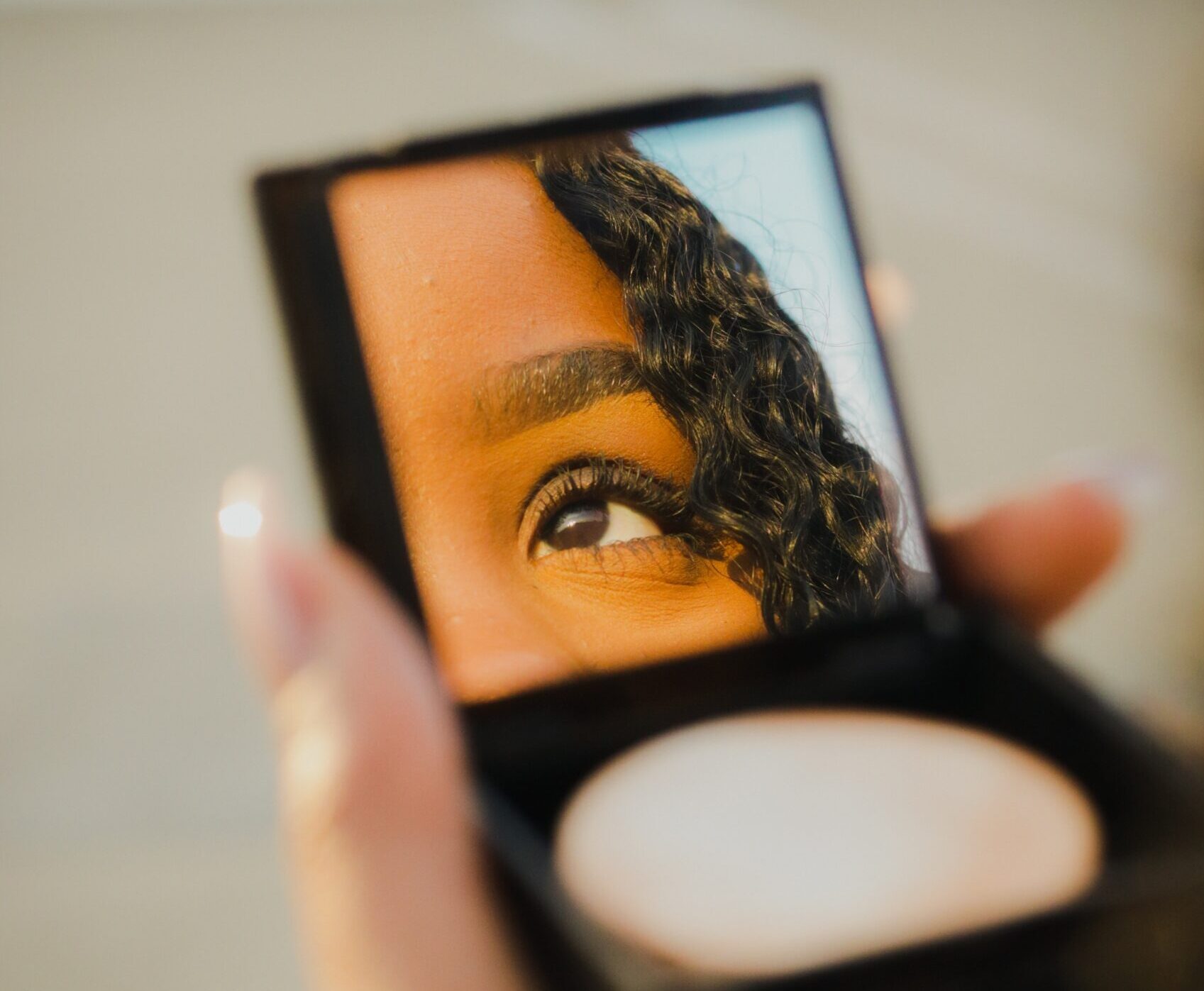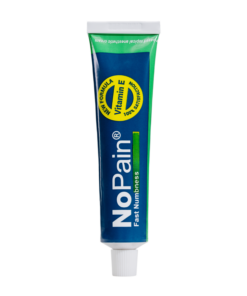Blog
Pijnloze permanent makeup

Have you been thinking of getting your eyebrows tattooed, or perhaps getting permanent freckles? PMU gives you that beautiful, natural-looking and durable result, that you’ve been looking for. We’ve tried to fit as much information on PMU into this small blogpost, so you can get the answers you’ve been waiting for, such as, what is microblading? How to avoid pain when getting PMU? Get all your questions answered here, as well as, a little bit of knowledge on the different kinds of PMU and what to expect from the healing process, and much more! So without further ado, let’s learn about permanent makeup together.
What is PMU? History and the rise of PMU
Permanent makeup can mean various things to different people. To some, it is a solution to save time on busy mornings, for others it is a way to express the individual’s true self, but a more technical explanation is easier to comprehend:
Permanent makeup is a cosmetic technique and artform, which closely resembles similarities to tattooing. The purpose of PMU is to design, touch-up or preserve facial features, in a way that closely resembles traditional makeup, but in a semi-permanent sense. The practice of this profession is a tricky case to trace back in time, although it is thought to be around 5.000 years old, according to this scientific paper
The popularity of PMU has been on the rise alongside tattooing over the last thirty years. It is becoming more and more accepted and normalized to have gotten treatments done. We love this evolution and support anyone who have gotten PMU done, as well as, those who are thinking of pursuing the same path.
What kind of PMU types are there?
It can be a little overwhelming to think of PMU as one big treatment, but that isn’t necessarily true. There are a magnitude of different treatments, that all encompass PMU as a whole. Think of treatments like microblading as a small piece of a larger permanent makeup pie. Without further ado, let’s introduce some of the treatments that incapsulate PMU, so you can finally know the answer to; What does permanent makeup include?
-
Microblading & Microshading
- Arguably the most well-known permanent makeup technique out there, as well as, the most commonly used. By either microblading or microshading you will be able to reshape, realign or fill-in your eyebrows, by using a special needle to inject pigment into the outer layer of your skin. This treatment will be used as an example further down this article.
-
Lip blushing
- Lip blushing, or otherwise known as lip tattooing, is a semi-permanent makeup solution for anyone trying to get those perfect looking red and full lips, that you might expect from traditional makeup.
- Lip blushing, or otherwise known as lip tattooing, is a semi-permanent makeup solution for anyone trying to get those perfect looking red and full lips, that you might expect from traditional makeup.
-
Permanent eyeliner
- There is a lot of different PMU treatment specifically made for the eye-area. Treatments, such as, enhancement of the lash line, which makes your eyes pop, just a little bit more. Semi-permanent eyeliner is a great solution, if you are trying to avoid putting eyeliner on every day. And many more!
-
Freckle tattoos / Permanent freckles
- Permanent freckles is a unique treatment that is done with a stick-and-poke technique on the face with the intent of imitating natural-looking freckles. This is very similar to tattooing individual dots on your face.
-
Scar camouflage
- A helpful treatment made to cover up those scars. Similar to a tattoo, scar camouflage is performed by injecting a pigment into the skin. The difference between these two things is that scar camouflage is a flesh coloured pigment, while tattoos are typically a colour that contrasts the skin. If you are interested in learning more about tattoos, read all about them in our other blogposts
How does PMU even work?
As mentioned before, there is a plethora of different PMU types, and their treatments can differ from type to type. To get a better idea of how PMU works, allow us to explain the two most common treatments, when it comes to eyebrow reshaping and filling.
The two treatments can be divided into the following categories:
- Microblading: A technique popularized by Asian culture throughout the 1990s. Microblading is the act of using a special needle to inject micro pigments into the upper layer of the skin, approximately 0.2 – 0.5 mm deep. This technique is praised for its ability to create features that are extremely naturel-looking. For example, giving the eyebrows more strands of hair with the intent of looking more full and many other applications.
- Microshading: A sister technique to microblading. This technique is performed by stippling the eyebrow with dots, that after a month lighten, and gives a more powdered-look than microblading would.
We hope these examples gave you some knowledge of the different types of treatments in addition to understanding the different looks that the two treatments bring to the table. Keep in mind that treatments involving other facial features, might look completely different from these two examples.
Importance of a professional individual
It should be very apparent how important having a professional individual perform your treatments is. Now that you know the types of PMU, and have the knowledge of how some of the most common treatments are performed, microblading and microshading. Although the industry is relatively new, that doesn’t mean that you should be fooled into getting your PMU done by someone who doesn’t have the right credentials.
The proper qualifications can only be found in people who have gone through a series of permanent makeup courses. Theses training programs are designed to teach all the different treatments and how to properly perform them, as well as, proper hygiene and safety protocols. We strongly recommend only receiving treatment from individuals who have completed the courses and have received their permanent makeup license.
The consequences of receiving a poor treatment can be very annoying. It is not only frustrating to receive poor treatment, but it can also feel like a huge burden, both on your self-esteem and your wallet. Although it is very uncommon for people to receive a completely different look than the one described, it is a risk that should be taken seriously. This is why it is extremely important to get your PMU done right the first time, as the process of reversing it, is significantly harder and more frustrating.
How long does PMU last?
A very commonly asked question in relation to PMU, is how long permanent makeup last? It is a tricky question, as not everyone is the same, and not every treatment has the same lifespan. It is inevitable that the effects of the treatment will slowly fade over an extended periods of time, and that the appearance very well could differ from the original look, after a couple of years, or even months.
Keeping this in mind, the lifespan of PMU is thought to be around 1-5 years for most treatments. This is quite a long timeline, but it still isn’t a perfect estimate, as the decision to get touch-ups can vary from person to person. Some people might be okay with waiting 2 years before getting a touch-up on their eyebrows, while others would like touch-ups every 6 months.
Is permanent makeup painful? & how can I avoid the pain?
Now you might be thinking to yourself, this whole PMU process seems painful, and you will be correct in having your concerns. When thinking of permanent makeup, It isn’t much of a secret, that most permanent makeup treatments are very similar to getting a tattoo, as the techniques and processes share a lot of similarities, even though the results are different. PMU, as well as tattoos, involve repeatedly inserting a needle into the skin, and this is extremely painful for the majority of people.
Is there a way to avoid this pain? Well, yes! Similar to tattoos, you’ll be able to use external supplements such as, numbing cream to help you get though the entire PMU process without any pain. We would highly recommend anyone, who is even the slightest bit scared, nervous or just doesn’t like needles or pain to consider purchasing numbing cream to smoothen to process.
Keep in mind, that this isn’t only for your benefit, but also the individual who is performing the treatment, like microblading, as you won’t be flinching and making any unwanted movement, due to pain. All in all, numbing cream makes the experience easier and more relaxing.
If you are interested in added numbing cream into your permanent makeup strategy, then feel free to take a look at our high quality numbing cream, that has helped thousands of individuals in all kinds of different situations, both tattoos, but also PMU.
Healing and aftercare
It might be tempting to think that after a permanent makeup treatment, that you’ll be able to leave the shop and look like a million bucks, but this unfortunately isn’t the case. Before you can truly reap the rewards of a treatment, you will have to go through a long and tedious healing process.
Every PMU treatment has a different healing process. We will be explaining the healing process of microblading, as it is the most common treatment and the one that can be most daunting. So without further ado, let’s look at the healing process of microblading:
- Hour 0: You will be looking fantastic and everything will seem fine just after your PMU treatment. Although, a small amount of redness and swelling is common, but no cause for concern.
- Week 1: After the first few days, the colour of the pigment inserted will start to appear a darker shade than when applied. In addition, the skin around the treated area will start to feel dry and a bit itchy, similar to the healing process of tattoos
- Week 2: Your effected skin will start to form patches of crust. It is very important not to touch, pluck or annoy the skin at this stage of the healing process. If the crust is prematurely peeled off, it will most likely damage the finished product.
- Week 3-4: The colour of the inserted pigment will start to appear more and more visible, little by little. This means that you are getting closer to the finish line, so keep up the good work!
- Week 5: Congratulations! Your eyebrows should have fully healed, and it should be looking just like you wanted. For some it might be recommended to get a touch-up at this point, but that is a personal decision to make. Go enjoy your beautiful new look!
What to do in case of complications?
When getting permanent makeup treatments, there is a slight chance of complaints occurring, similar to tattoos. We recommend contacting your doctor immediately if you’ve been experiencing extended redness or harmful side effects in connection to your treatment.
Other exciting content
To learn more about:
- Numbing cream for permanent PMU and microblading
- The 9 best Dos and Don’ts of Tattoo aftercare
- Painless laser treatment
- Calm your nerves: 3 tips before being tattooed
- And much more!
Take a look at our other Blog posts by scrolling left and right at the bottom
Remember to follow us on Facebook & Instagram.









